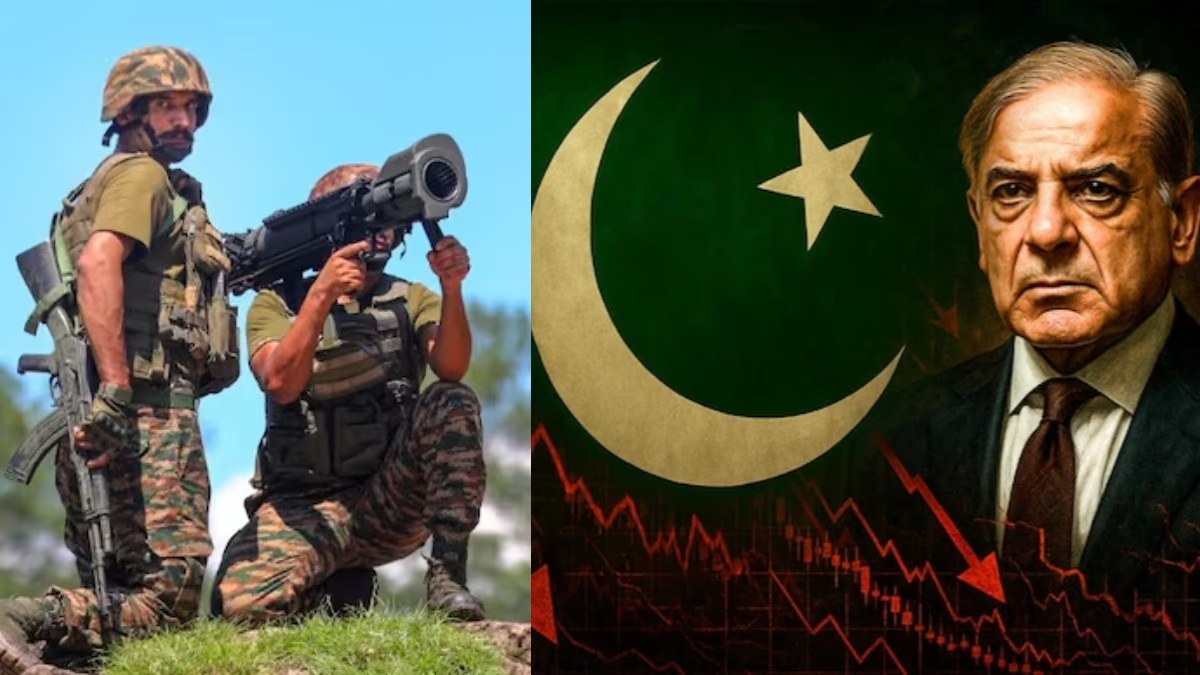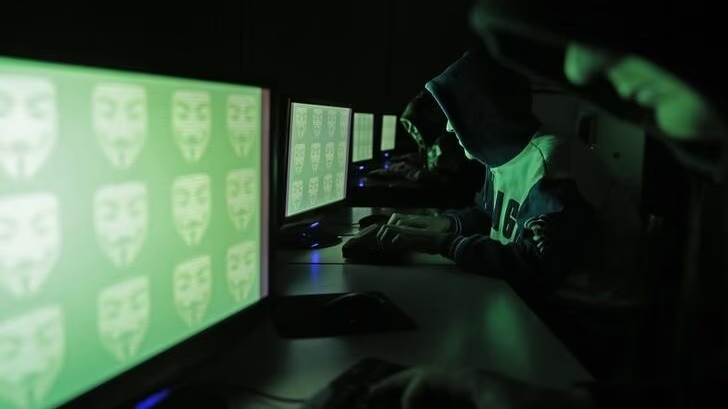The wartime blackout strategy significantly reduced artificial lighting to make it difficult for enemy planes or submarines to locate targets. Predominantly utilized during the 20th century, notably in World War II (1939-1945), it was essential for cities' defense.
Blackout rules mandated control over lighting in homes, factories, shops, and vehicles, including covering windows, turning off street lights, or masking vehicle headlights.
Why the Blackout?
The primary goal of blackouts was to make enemy air raids challenging. The lights of a city at night could guide enemy pilots to targets. Notably, during the London Blitz of 1940, German Luftwaffe bombed British cities at night, and dimming lights complicated navigation and targeting. In coastal areas, blackouts protected ships from enemy submarines that attacked by silhouetting ships against the shore lights.
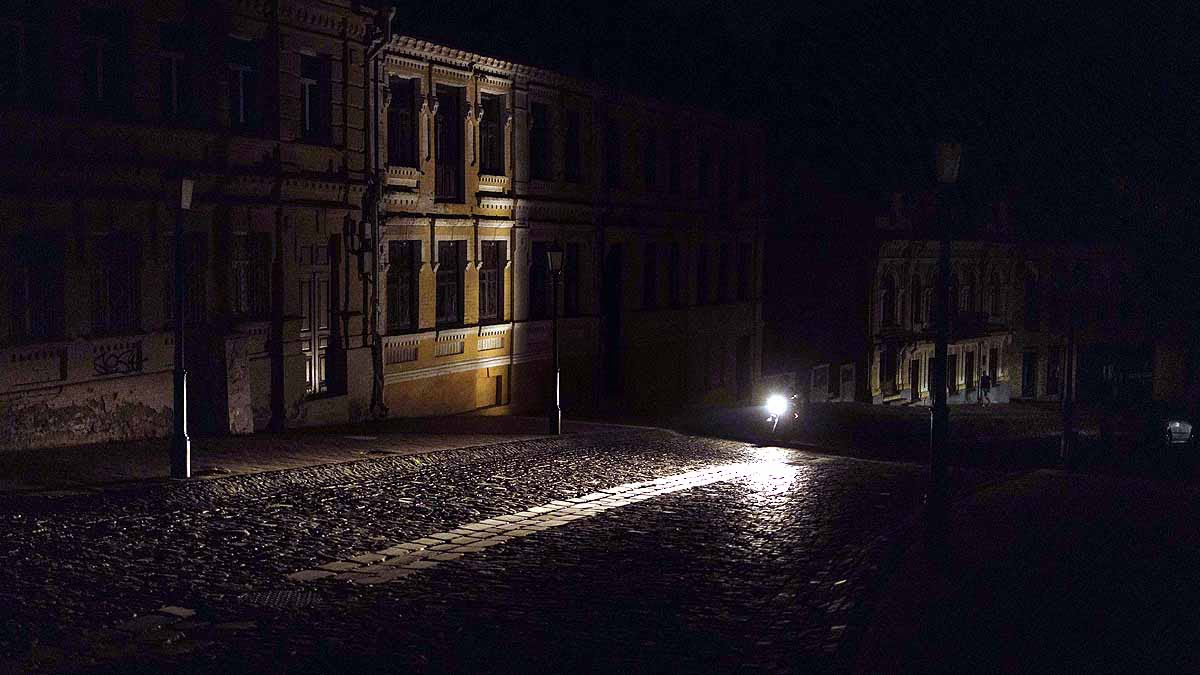
Source: aajtak
Rules for Homes and Buildings
Covering Windows and Doors:
Before Britain declared war on September 1, 1939, blackout regulations required all windows and doors to be covered with heavy curtains, cardboard, or black paint, ensuring no light escaped.
Street Lights:
All street lights were turned off or partly painted black to direct light downward. On October 1, 1914, London's Metropolitan Police Commissioner ordered outdoor illumination to be dimmed or turned off.
Shops and Factories:
Factory roofs with large glass areas were painted black, reducing natural light during the day, while shops had to install double airlock doors to prevent light leakage when entering or exiting.
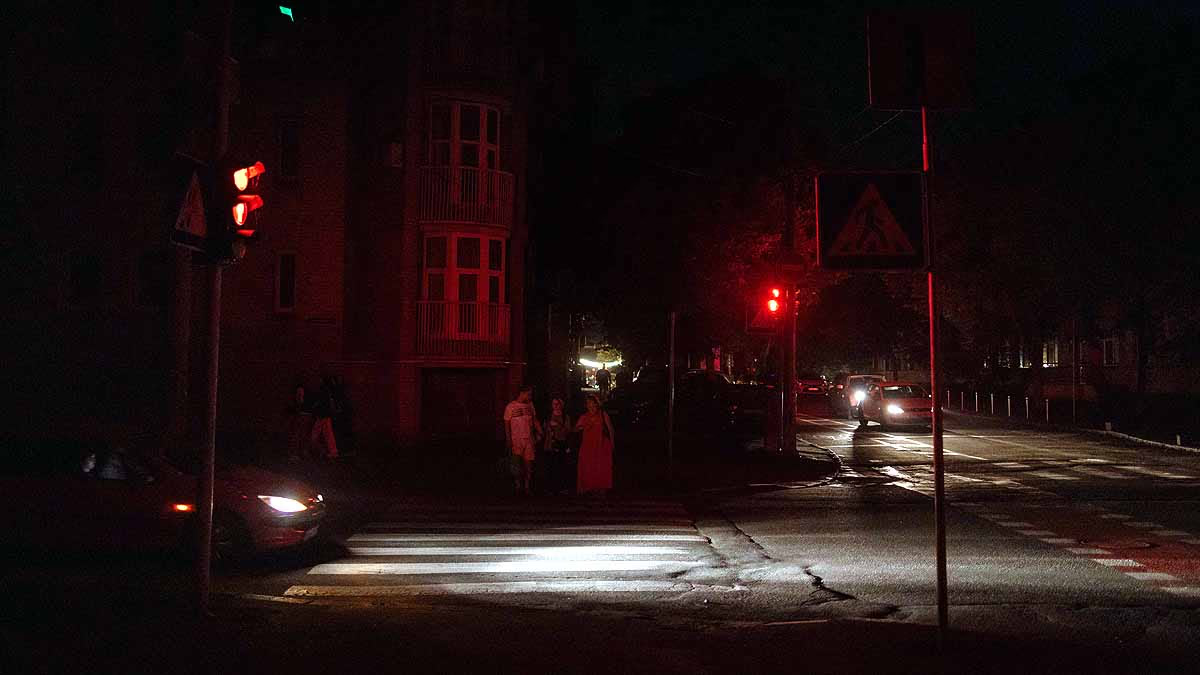
Source: aajtak
Vehicle Blackout Rules
Stringent rules regulated vehicle lights because headlights could guide enemy aircraft to populated areas or factories.
Headlight Masks:
Only one headlight was allowed with a mask of three horizontal slits, limiting the light cast onto the ground.
Rear and Side Lights:
Rear lamps could have only a one-inch diameter hole visible at 30 yards but not at 300; sidelights had to be dimmed and top-half of headlights painted black.
White Paint:
Bumpers and running boards were painted matte white for ground visibility but unseen from above.
Speed Limit:
Due to nocturnal driving hazards, a speed limit of 32 km/h (20 mph) was enforced.
Enforcement and Supervision of Blackout Rules
Civilian Air Raid Precautions (ARP) wardens enforced blackout regulations by patrolling at night to catch any light from buildings or vehicles. Violators faced hefty fines or court summons. In one instance, a woman in Britain was fined £2 for breaching blackout rules and wasting fuel.
The Impact of Blackouts
Blackouts had a profound impact on civilian life.
Increase in Road Accidents:
In September 1939, the UK recorded 1,130 road fatalities, compared to 544 in the same month the previous year. Limited visibility increased pedestrian and driver accidents.
Civilian Life Impact:
Daily activities were disrupted. People feared going out at night, affecting social and economic activities. Factory workers had to work under artificial lighting both day and night due to the black-painted roofs, affecting morale and increasing energy bills. Shops closed earlier, complicating entry and exit for customers.
Crime and Other Threats:
Darkness facilitated petty crimes like pickpocketing and crop theft. Incidents of sailors falling into water and drowning at ports were recorded.
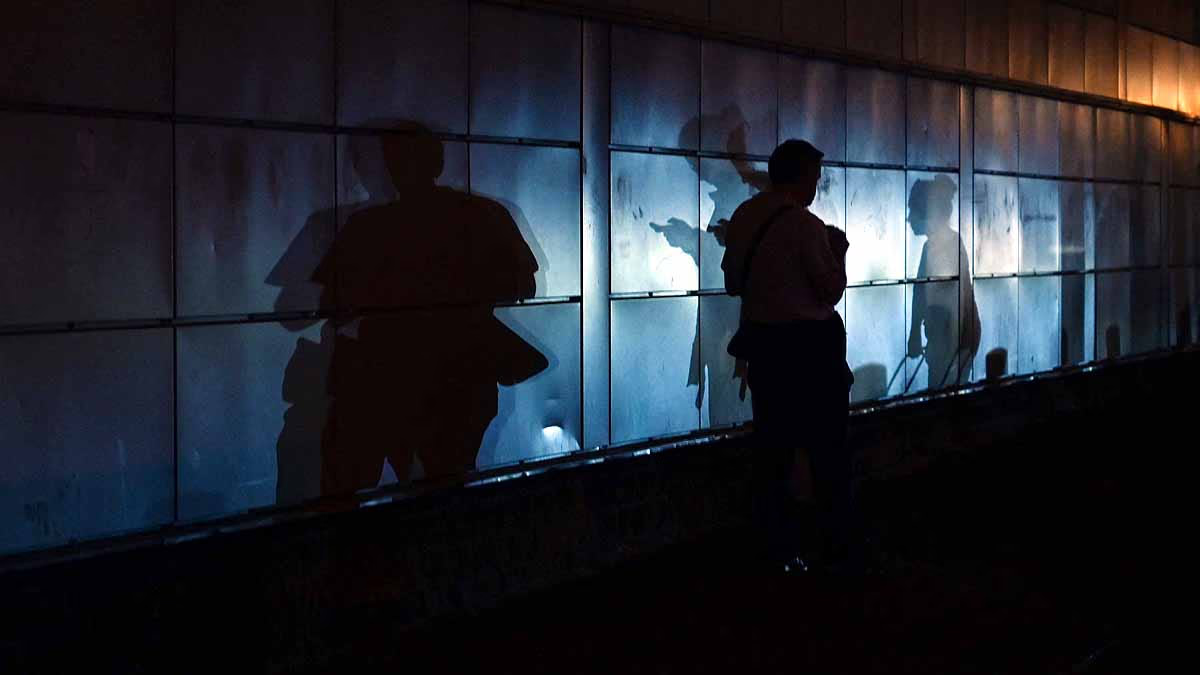
Source: aajtak
The Psychological Impact:
Among the least popular aspects of war, blackouts demoralized civilians and drew widespread complaints, although they fostered a sense of solidarity as a collective civilian duty.
Facts and Figures
Onset of Blackouts in Britain:
Before the declaration of war on September 1, 1939.
Road Fatality Rate:
1,130 in September 1939, doubled from the previous year.
Speed Limit:
32 km/h (20 mph) at night.
Blackout Implementation in America:
Enforced on the West and East Coasts after Pearl Harbor attack (December 7, 1941).
Dim-out Initiation:
Started in Britain in September 1944, allowing moonlight-equivalent lighting.
Restoration of Full Lighting:
In April 1945 when Big Ben was illuminated again after 5 years and 123 days.
American Compliance Failure:
In Anchorage, Alaska, blackout compliance was low; shops and vehicles kept lights on.
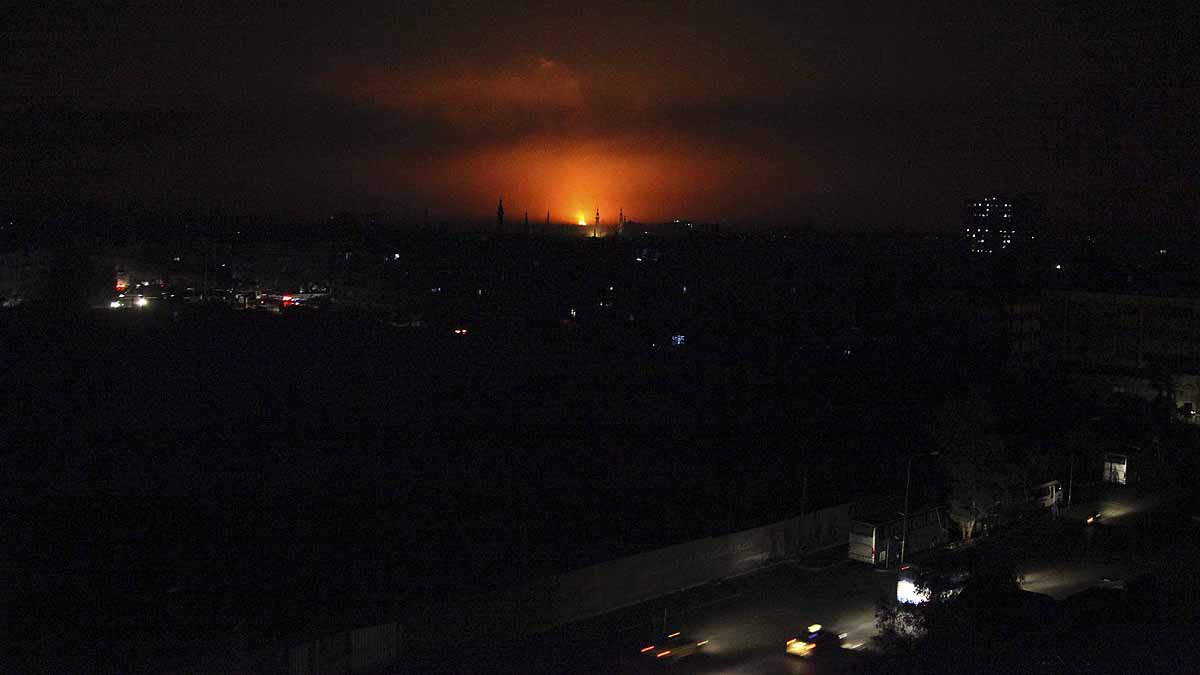
Source: aajtak
Effectiveness of Blackouts Debated
Some historians, like M. R. D. Foot, argue blackouts did not significantly affect bomber navigation, as pilots relied on natural and artificial landmarks such as water bodies, rail tracks, and highways. Nevertheless, blackouts crucially protected ships in coastal regions from submarine attacks. The lack of blackouts on America’s Atlantic coast made Allied ships easy targets for German U-boats, branded “The Second Happy Time” by German sailors.
Blackouts in Modern Context
In recent times, the relevance of blackout tactics can be seen in regional tensions. For instance, during India-Pakistan tensions, a blackout drill was initiated in Firozpur, Punjab, on May 5, 2025. Despite advancements in satellite and radar technology diminishing its effectiveness, the blackout remains a part of emergency preparations and civilian safety strategies in modern warfare.

